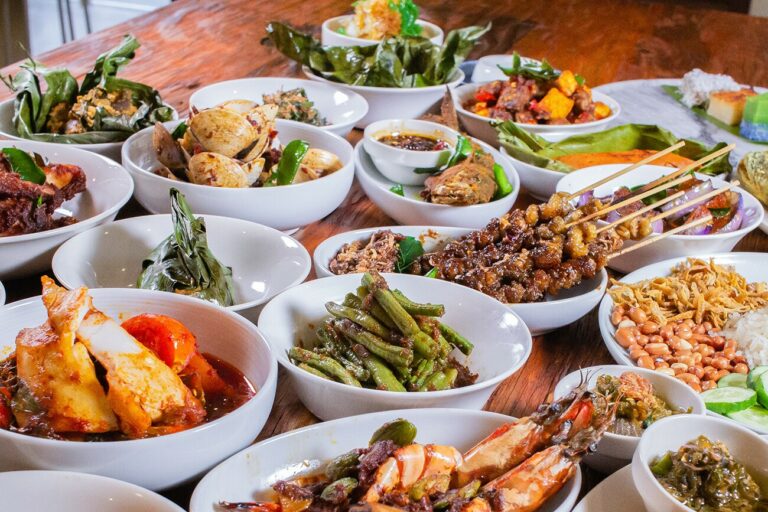Introduction: The Flavors of Singaporean Cuisine
Singaporean cuisine is a melting pot of different cultures and flavors, influenced by the country’s diverse history and the peoples who have called it home. From the spicy heat of Malay dishes to the tangy-sweet flavors of Chinese cuisine, Singaporean food is a delicious combination of tastes and textures that reflect the nation’s multiculturalism.
While some may associate Singaporean cuisine with heat and spice, the reality is much more nuanced. While many dishes do incorporate a range of spices, not all Singaporean food is fiery-hot. Instead, the use of spices in Singaporean cooking is about enhancing and balancing flavors, rather than overpowering them.
The Role of Spices in Singaporean Cooking
Spices play a crucial role in Singaporean cuisine, adding complexity and depth to the dishes. Different spices are used to bring out different flavors in the food, from the sweetness of cinnamon to the pungency of ginger. Spices are often used in combination to create a particular taste profile that is unique to each dish.
One of the most significant benefits of using spices in Singaporean cooking is their health benefits. Many of the spices used in Singaporean cuisine are known for their medicinal properties, such as turmeric, which has anti-inflammatory properties, and cumin, which aids in digestion.
Types of Spices Used in Singaporean Dishes
Singaporean cuisine incorporates a wide variety of spices, each with its unique flavor and aroma. Some of the most common spices used in Singaporean cooking include turmeric, cumin, coriander, chili, and ginger. These spices are used in everything from meat dishes to curries and soups.
Other spices commonly used in Singaporean cuisine include lemongrass, which adds a citrusy flavor to dishes, and star anise, which has a licorice-like taste. Cardamom, clove, and cinnamon are also popular spices used in Singaporean dishes, particularly in desserts.
Regional Variations in the Spice Level of Singaporean Food
While Singaporean food is often associated with spice, not all dishes are particularly hot. Spice levels in Singaporean cuisine can vary depending on the region and the specific dish. For example, Malay cuisine tends to be spicier than Chinese dishes, while Indian-inspired dishes can be extremely hot or milder, depending on the cooking style.
It’s also worth noting that the spice level in Singaporean food can be adjusted according to personal taste preferences. Some restaurants may offer dishes with a milder or spicier flavor profile, depending on customer requests.
Adjusting the Spice Level to Taste Preferences
One of the great things about Singaporean cuisine is its versatility. Many dishes can be adjusted to suit personal taste preferences, including the spice level. Those who prefer milder flavors can ask for less chili or other spices, while those who enjoy heat can request extra spice.
It’s also worth noting that many Singaporean dishes are served with condiments that can be used to adjust the flavor. Sambal, a spicy chili paste, is a common accompaniment to many dishes and can be added to increase the heat level.
Conclusion: The Spice of Life in Singaporean Cuisine
While Singaporean cuisine is often associated with spice, the reality is much more nuanced. The use of spices in Singaporean cooking is about balancing flavors, enhancing taste, and providing health benefits. While some dishes may be hotter than others, there is a wide range of spice levels in Singaporean cuisine, making it suitable for all taste preferences. Whether you prefer mild or spicy food, there is something for everyone in the diverse and delicious world of Singaporean cuisine.

